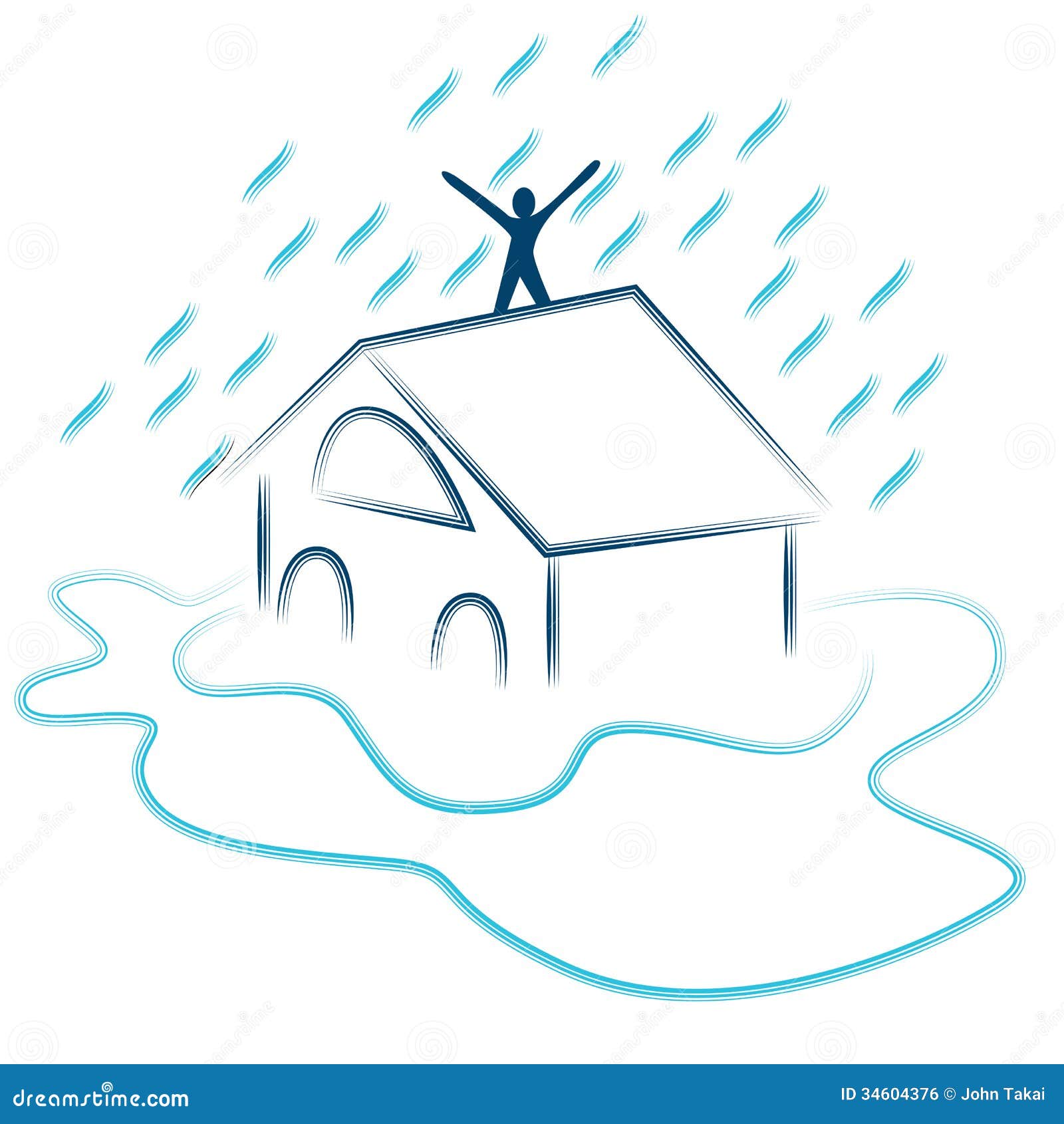Flash Flood Emergency: Protecting Your Family And Property

Table of Contents
Understanding Flash Flood Risks
Understanding your risk is the first step in effective flash flood preparedness. This involves identifying flash flood-prone areas and recognizing the warning signs of an impending flood.
Identifying Flash Flood Prone Areas
Certain geographical factors significantly increase the risk of flash flooding. Areas with steep slopes, little vegetation, and impervious surfaces (like pavement) are particularly vulnerable. Historical flood data provides crucial insights into past flooding events, indicating areas at higher risk. Utilizing online resources like FEMA's flood maps is essential. These maps show areas with different flood risks, allowing you to assess your own property's vulnerability.
- Check your local flood risk: Use online resources such as FEMA's Flood Map Service Center to determine your property's flood risk.
- Understand soil types and drainage: Poorly draining soil increases the likelihood of rapid water accumulation.
- Recognize warning signs: Observe rapid water rises in streams, creeks, or rivers, as well as unusually heavy rainfall in a short period.
Recognizing Flash Flood Warning Signs
Recognizing the signs of an approaching flash flood is critical. These signs can be visual, auditory, or come via official warnings.
- Visual cues: Rapidly rising water levels in streams, rivers, or normally dry areas; overflowing storm drains; and unusual water accumulation in low-lying areas.
- Auditory cues: The roar of approaching water, often resembling a freight train, is a critical warning sign.
- Official warnings: Stay informed through the National Weather Service (NWS) weather alerts, local news broadcasts, and NOAA Weather Radio. These sources provide critical information about impending flash floods.
- Different types of weather alerts: Familiarize yourself with the different levels of weather alerts issued by the NWS, understanding the urgency of each.
- How to receive warnings: Download weather apps on your smartphone, subscribe to NWS alerts, and utilize a NOAA Weather Radio.
Creating a Flash Flood Emergency Plan
A well-defined flash flood emergency plan is paramount to ensuring the safety of your family and the protection of your property. This plan should encompass communication, emergency supplies, and property protection measures.
Developing a Family Communication Plan
Establish a designated meeting point outside your home, in case of evacuation. Ensure all family members have access to a list of emergency contact numbers, including a contact person outside the potentially affected area.
- Creating a family communication checklist: Include contact information, meeting points, and backup plans.
- Practicing the plan: Regularly rehearse your family's emergency plan to ensure everyone knows what to do in a crisis.
- Considering special needs: Identify and address the specific needs of any family members with disabilities or other special requirements.
Assembling an Emergency Kit
Prepare a comprehensive emergency kit containing essential supplies for several days.
- Water: Store at least one gallon of water per person per day for several days.
- Food: Non-perishable, easy-to-prepare food items.
- First-aid kit: Include essential medications, bandages, and other medical supplies.
- Flashlights and batteries: Essential for navigating in the dark.
- Creating a detailed inventory: Keep a list of everything in your kit to ensure you have all necessary items.
- Storing it in an easily accessible location: Keep your kit in a designated place, easily accessible for quick retrieval.
Protecting Your Property
Take proactive steps to minimize potential flood damage to your home.
- Elevating electrical panels: Protect electrical systems from flood damage by elevating them.
- Installing flood barriers: Consider using sandbags or commercially available flood barriers to protect entrances.
- Moving valuables to higher ground: Relocate important documents, electronics, and other valuables to upper floors or a safe location.
- Protecting your basement: Seal cracks and gaps to prevent water infiltration.
- Securing outdoor furniture and equipment: Move or secure outdoor items to prevent them from being swept away.
- Creating a detailed inventory of your possessions: Maintain a detailed inventory of your belongings with photos for insurance purposes.
Responding to a Flash Flood Emergency
Knowing how to react during and after a flash flood emergency is crucial.
Evacuation Procedures
If you receive a flash flood warning, evacuate immediately following official instructions. Identify your evacuation routes beforehand.
- Identifying evacuation routes: Plan multiple escape routes and know where to go.
- Following official instructions: Obey evacuation orders issued by local authorities.
- Seeking shelter in a designated safe area: If unable to evacuate, seek shelter on higher ground.
- Pet evacuation: Plan for the safe evacuation of your pets.
Staying Safe During a Flash Flood
If trapped in a vehicle or home, take immediate action to protect yourself.
- Seeking higher ground: If trapped in a vehicle, abandon it and seek higher ground.
- Avoiding downed power lines: Stay away from any electrical lines or power sources.
- Understanding the dangers of floodwaters: Floodwaters may contain debris, chemicals, and sewage, making them incredibly hazardous.
Post-Flood Safety
Once the floodwaters recede, proceed with caution.
- Avoiding contact with floodwater: Floodwater can be contaminated and dangerous.
- Checking for structural damage: Assess your home for structural damage before re-entering.
- Reporting damage to authorities: Report any damage to your local authorities and insurance company.
- Cleaning up safely: Wear protective gear when cleaning up.
- Disposing of hazardous materials: Dispose of hazardous waste properly.
- Contacting insurance companies: File claims promptly and accurately.
Conclusion
Preparing for a flash flood emergency is crucial for protecting your family and property. By understanding your risk, developing a comprehensive plan, and knowing how to respond effectively, you can significantly reduce the potential for damage and loss. Remember, proactive steps are key to mitigating the devastating impact of a flash flood. Take the time to assess your risk, create a detailed plan, and share it with your family. Visit FEMA ([link to FEMA website]) and the National Weather Service ([link to NWS website]) for more information and resources. Don't wait until a flash flood emergency strikes; prepare today to ensure the safety and security of your loved ones and your property. Proactive flash flood emergency preparedness is not just a precaution; it's a vital step towards safeguarding your future.

Featured Posts
-
 La Guerre Contre Le Piratage Iptv Rtbf Et Rtl Defendent Leurs Droits
May 26, 2025
La Guerre Contre Le Piratage Iptv Rtbf Et Rtl Defendent Leurs Droits
May 26, 2025 -
 Mathieu Van Der Poel Attacked Paris Roubaix Spectator Confesses
May 26, 2025
Mathieu Van Der Poel Attacked Paris Roubaix Spectator Confesses
May 26, 2025 -
 Salon Yevani A Culinary Experience Jerusalem Post Review
May 26, 2025
Salon Yevani A Culinary Experience Jerusalem Post Review
May 26, 2025 -
 Eldorado The Bbc Soaps Doomed Fate
May 26, 2025
Eldorado The Bbc Soaps Doomed Fate
May 26, 2025 -
 Roc Agel El Retiro De Charlene Wittstock En Monaco
May 26, 2025
Roc Agel El Retiro De Charlene Wittstock En Monaco
May 26, 2025
